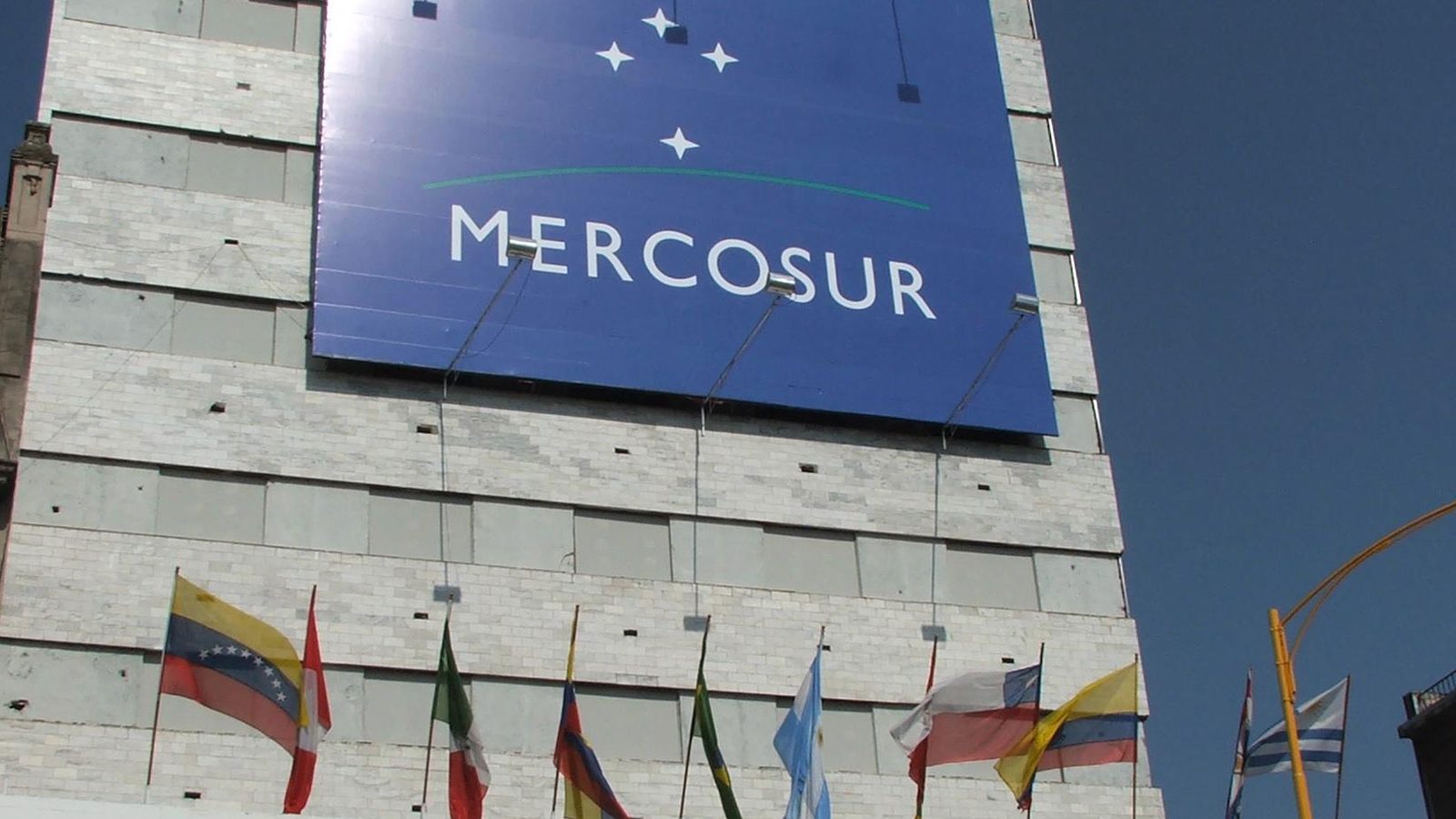
LACalytics: New impetus to an old partnership
Europe and Latin America are natural partners linked by strong historical, cultural as well as economic ties and, over decades, have been an important source of inspiration and change for each other. These long-existing relations, comprising 62 states, over one billion people and over a quarter of the world’s GDP, have considerably evolved over the past decades. Today’s substantial inter-regional economic ties – with the EU being the main development partner of Latin America and the Caribbean (LAC) region, its second largest trade partner and its first investor – reflect the increasing importance and growing potential of the long-standing partnership based on its well-established links.
Therefore, one may wonder what has been and could be done to further consolidate and strengthen this much-advocated partnership of both regions. Given the economic growth Latin America has witnessed during the last years, it comes as no surprise that the economic character of the relationship has given rise to a central role of trade and investment. The EU signed trade agreements with Central America (2013) as well as with the Caribbean (2008) and is linked to Mexico, Chile, Peru and Colombia through Economic Partnership Agreements. However, the negotiations on a comprehensive trade agreement with Mercosur, as part of the overall negotiations towards a bi-regional Association Agreement, have stalled.
The political importance of the partnership was recognized and acknowledged strategically during the last years. Since 2013 regional summits between the EU and the Community of Latin American and Caribbean states (CELAC) take place every two years while the EU-LAC Foundation aims to strengthen the bi-regional partnership. In 2015 the first ever high-level intergovernmental negotiations between the two region’s economically most important countries, Germany and Brazil, led to the common declaration of the wish to reinvigorate negotiations for a balanced, comprehensive and ambitious Association Agreement between Mercosur and the EU to continuously foster the strategic partnership.
In order to strengthen the ongoing dialogue and to spread awareness of its ever bigger importance from the political sphere to civil society, and especially to young people, CISS launched its new Impact Group LACalytics in 2016. LACalytics is a project facilitating interregional cooperation of students and young professionals from Europe, Latin America and the Caribbean (LAC) in the field of international relations. Under the patronage of the Federal Foreign Office 46 students and young professionals from Europe and Latin America are currently working in bi-regional teams to develop in-depth analyses of current topics in Latin American politics, economics and social life as well as EU-LAC relations. Providing unique perspectives on these topics through the lens of young people, analyses range from the EU and LAC´s role in fighting climate change to the influence of social movements in the two regions to the effects of TTIP on LAC´s youth.
Therefore, LACalytics is not only a unique opportunity to connect young people from both regions, but also encourages a focused discussion on EU-LAC relations, thus fostering international understanding and building lasting bridges. The publication of the articles in cooperation with international partner organisations, later collected in a printed policy-paper publication, will further increase the impact of young interregional experts on interregional governance and create awareness for LAC specific issues in Europe. Finally, the recommendations by our authors will be presented to principal EU-LAC stakeholders during a concluding conference in October 2016.
Altogether, LACalytics is CISS´s most recent initiative aiming to increase interregional understanding as well as to raise young people’s impact on foreign policy making.
This article is part of CISS’s cooperation with the Diplomatic Magazine and was published there first in the issue 07/2016.
